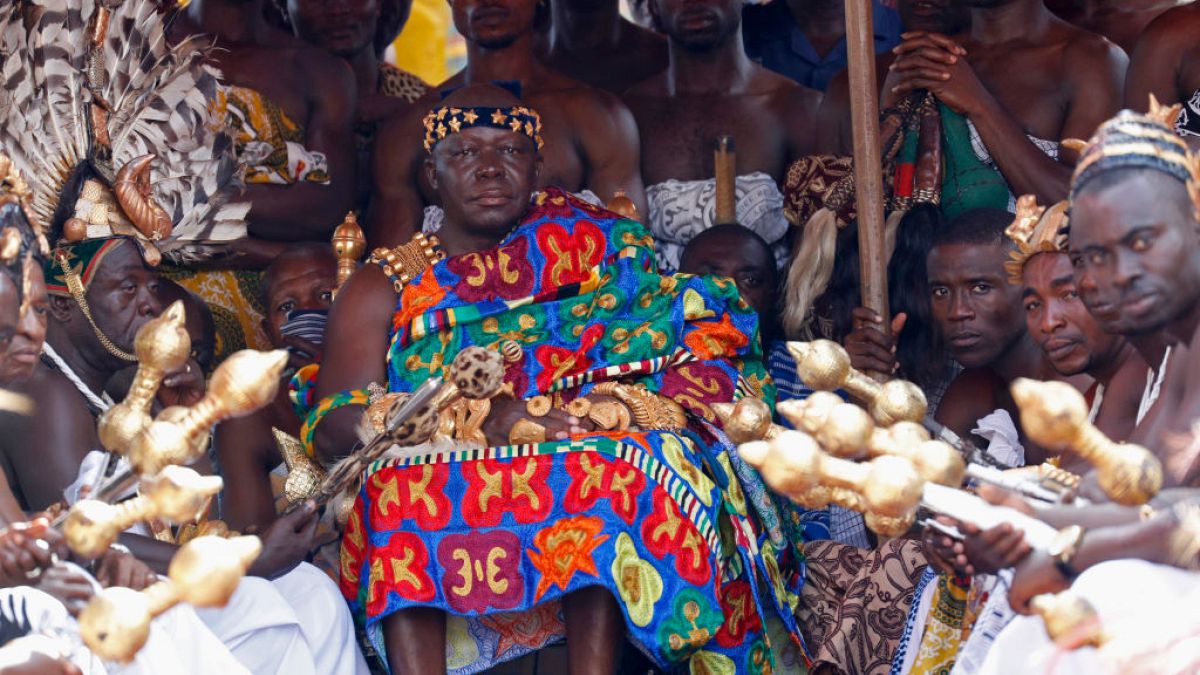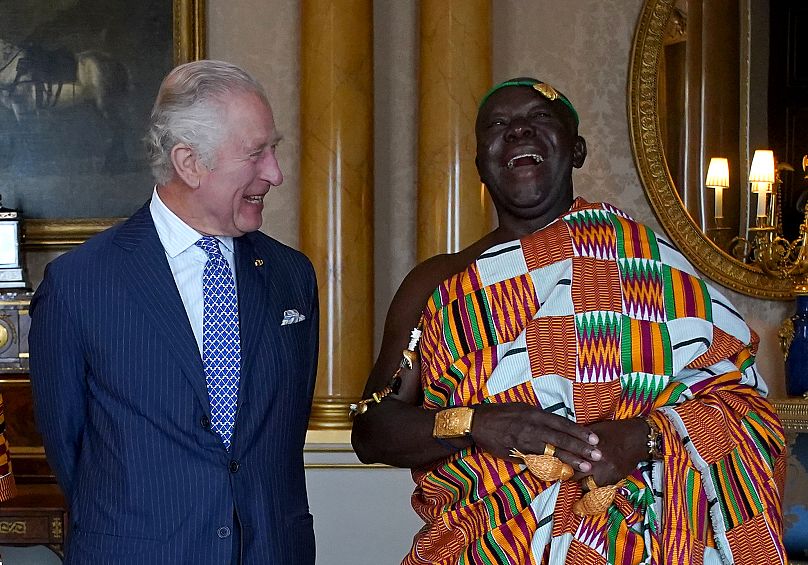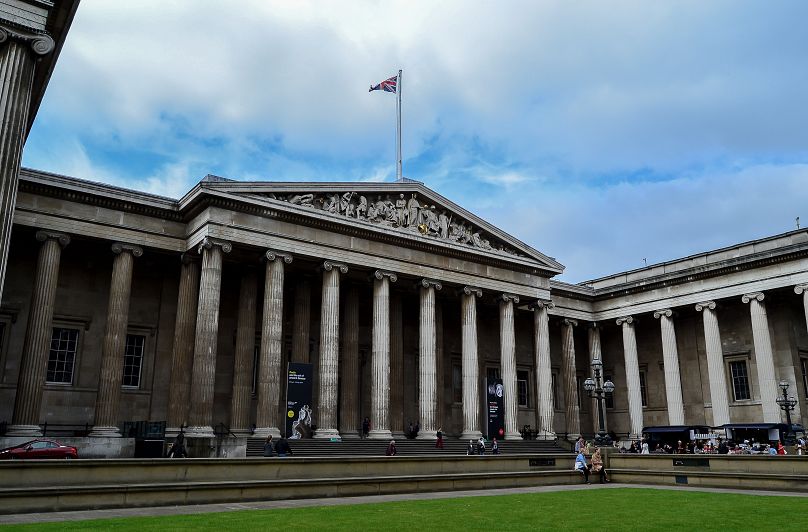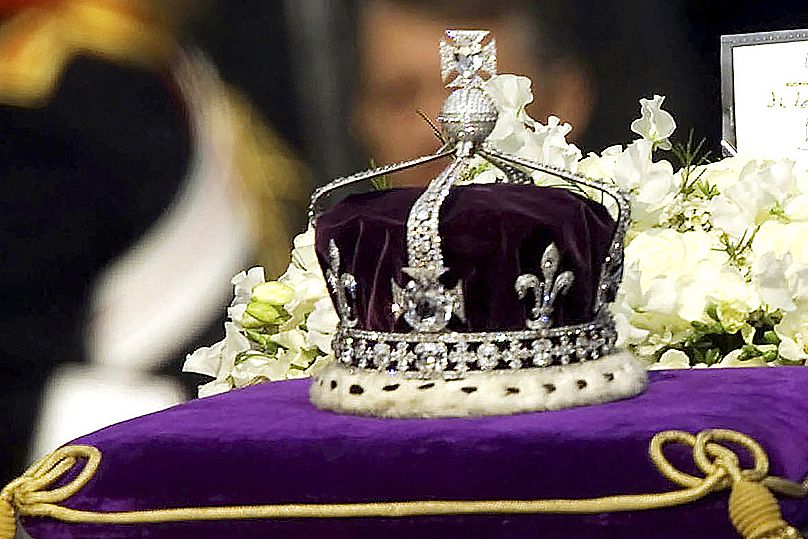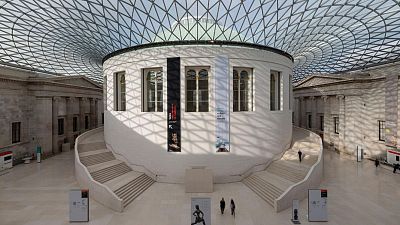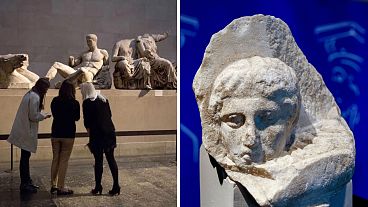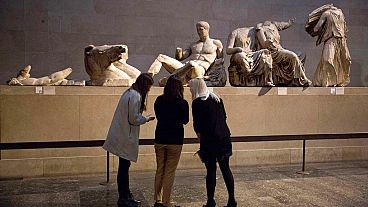Ghana's Asantehene, Otumfuo Osei Tutu II, met with the popular museum's director to request the return of works taken from the Asante palace in Kumasi during an 1874 war with the British.
The British Museum is in hot water again, after the ruler of Ghana's Asante people requested they return gold items in their collection to his country.
The Ghanaian ruler, the Asantehene, Otumfuo Osei Tutu II, met with the museum's director Dr Hartwig Fischer after attending King Charles’ coronation in London.
The British Museum’s collection includes works removed from the Asante palace in Kumasi during the country’s 1874 war with Ghana.
The museum, one of the most visited in Europe, has recently been facing increasing pressure to return pieces from its vast collection to their countries of origin.
Greece has been demanding the return of the Parthenon Sculptures, sometimes known as the Elgin Marbles, for years. They were removed by the diplomat Lord Elgin in the 19th Century and were later bought by the British government to be placed in the British Museum.
Many of the museum’s more controversial acquisitions are often attributed to removals during colonial conflict. For instance, Ethiopia wants the British Museum to return a number of items taken from a village in the north of the country, formerly known as Maqdala, during British military action in 1868. Nigeria has also asked the museum to return 900 Benin bronzes, which were forcibly removed by the British when they captured Benin City in 1897.
While these requests are ongoing, the British Museum does seem to be taking action after the meeting with the Ghanaian Asantehene, telling the BBC they are "exploring the possibility of lending items" to Ghana.
For many Ghanaians, though, a simple loan does not go far enough in terms of restitution for pieces that are often sacred for their original owners.
The government has set up a restitution committee which will tackle the retrieval of pieces taken from the Asante Palace which now reside in collections across the globe.
Nana Oforiatta Ayim, who sits on the committee and is a special adviser to Ghana's Culture Minister, explained, "Loans can be a first step in that they can open up dialogue in the kind of institutions and structures that are slow to change. At the end of the day, objects like the ones taken in 1874 were taken under horrifically violent circumstances,” adding, “There needs to be honesty, accountability and action".
Next year is a particularly important year for Ghana, as it marks the 150th anniversary of the end of the third Anglo-Asante war and the Asantehene's Silver Jubilee.
There are legal issues surrounding the return of some precious objects to their original countries, even if they are the spoils of colonialism. The British Museum Act from 1963 bans the museum, and other similar institutions, from the "disposal of objects", except in very specific circumstances, although so-called loans are possible, if experts believe the pieces won't be damaged.
The discussions surrounding pieces taken from the Asante people by the British add to an ongoing dialogue over the use of countless items obtained during the nation’s colonial rule over a significant chunk of the world.
Britain’s newly-crowned Queen Camilla decided against wearing the controversial Koh-i-Noor diamond, which was taken from India during British imperial rule, in her crown at the coronation earlier this month, opting instead to repurpose a headpiece worn by Queen Mary at her own crowning in 1911.
Last year, London's Horniman Museum returned 72 items in its collection to Nigerian ownership. At the time, the museum’s director explained there was a “moral argument” to return pieces originally belonging to other countries, adding, “We're seeing a tipping point around not just restitution and repatriation, but museums acknowledging their colonial history".
